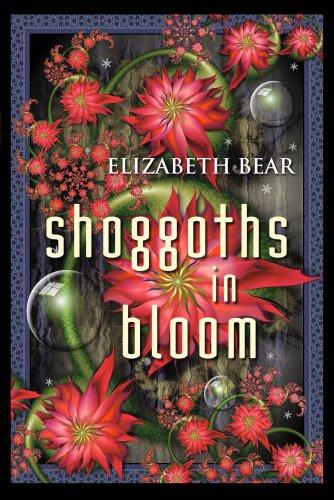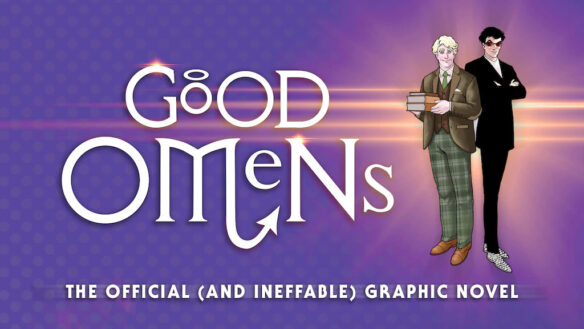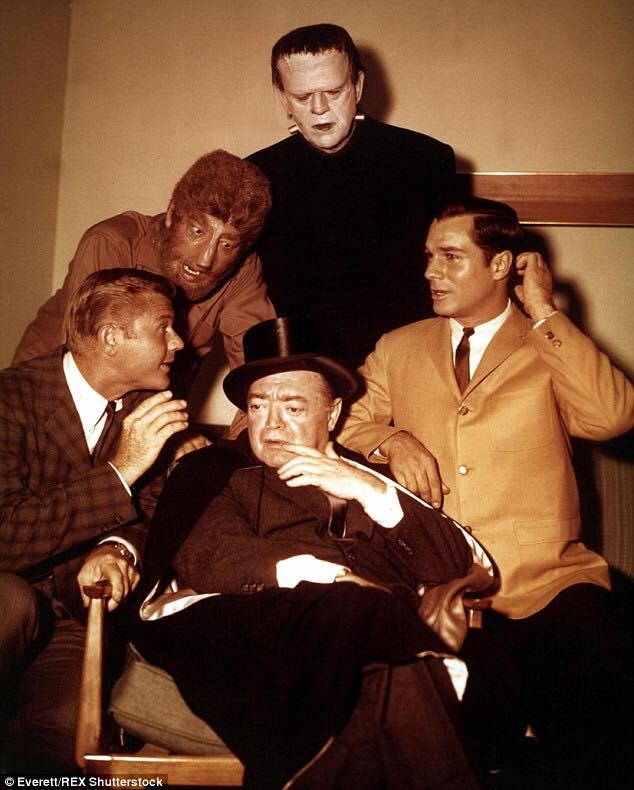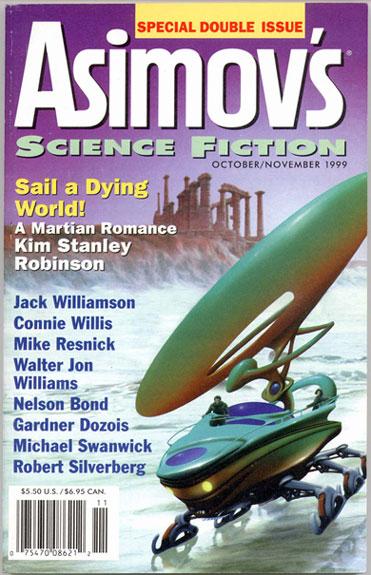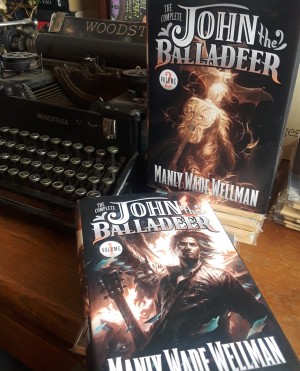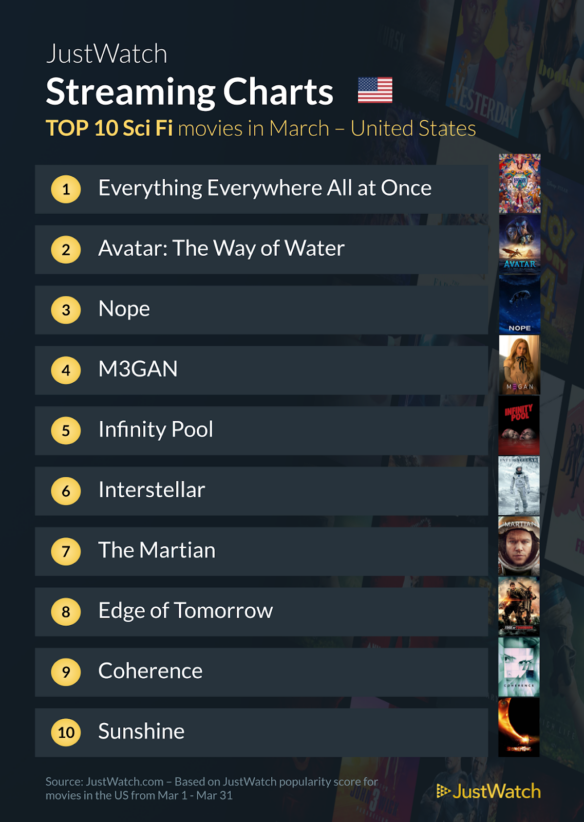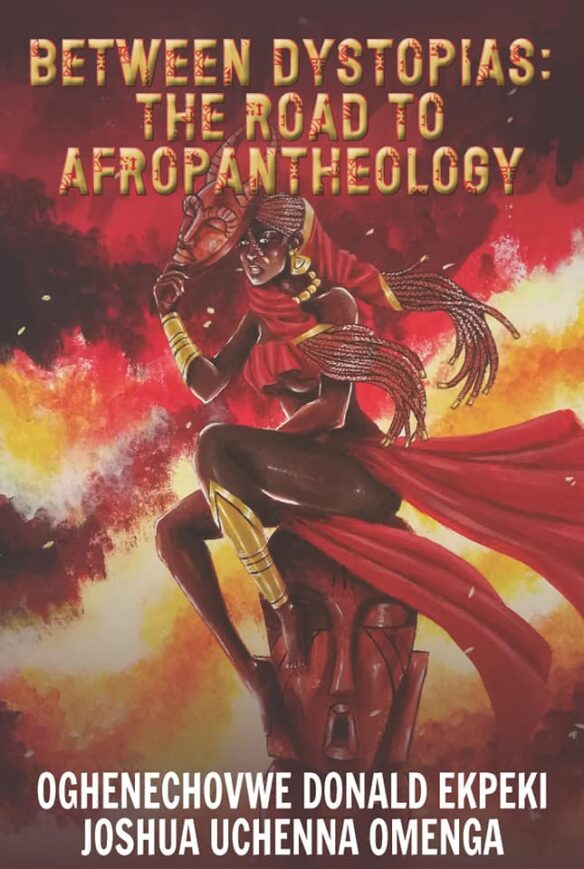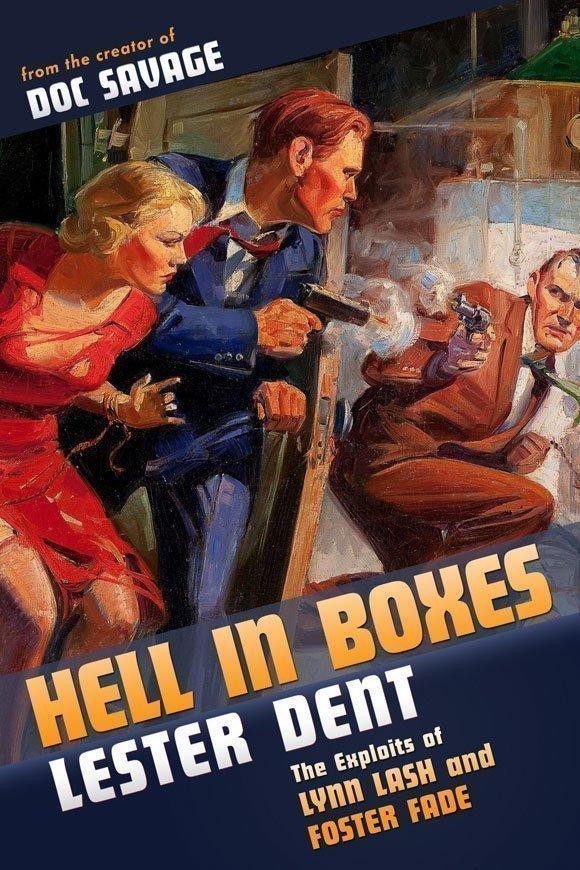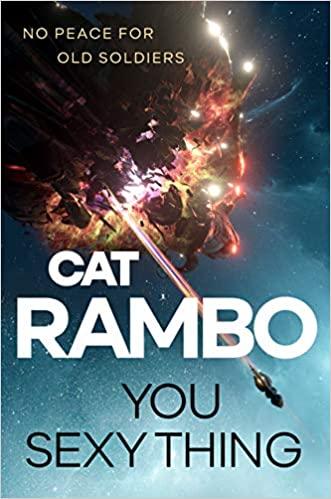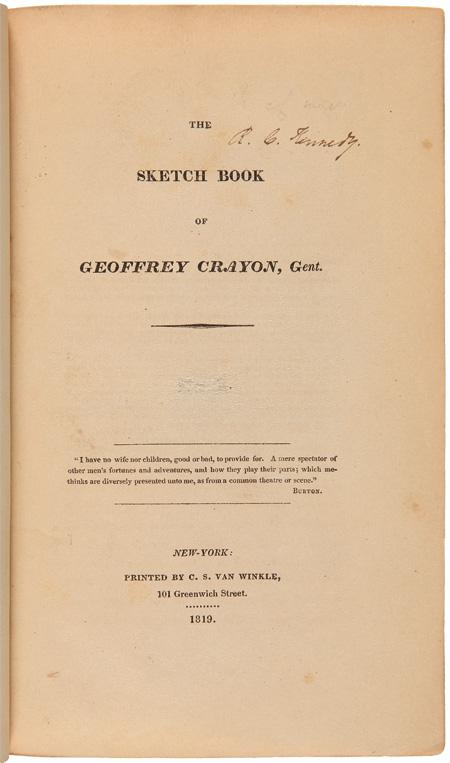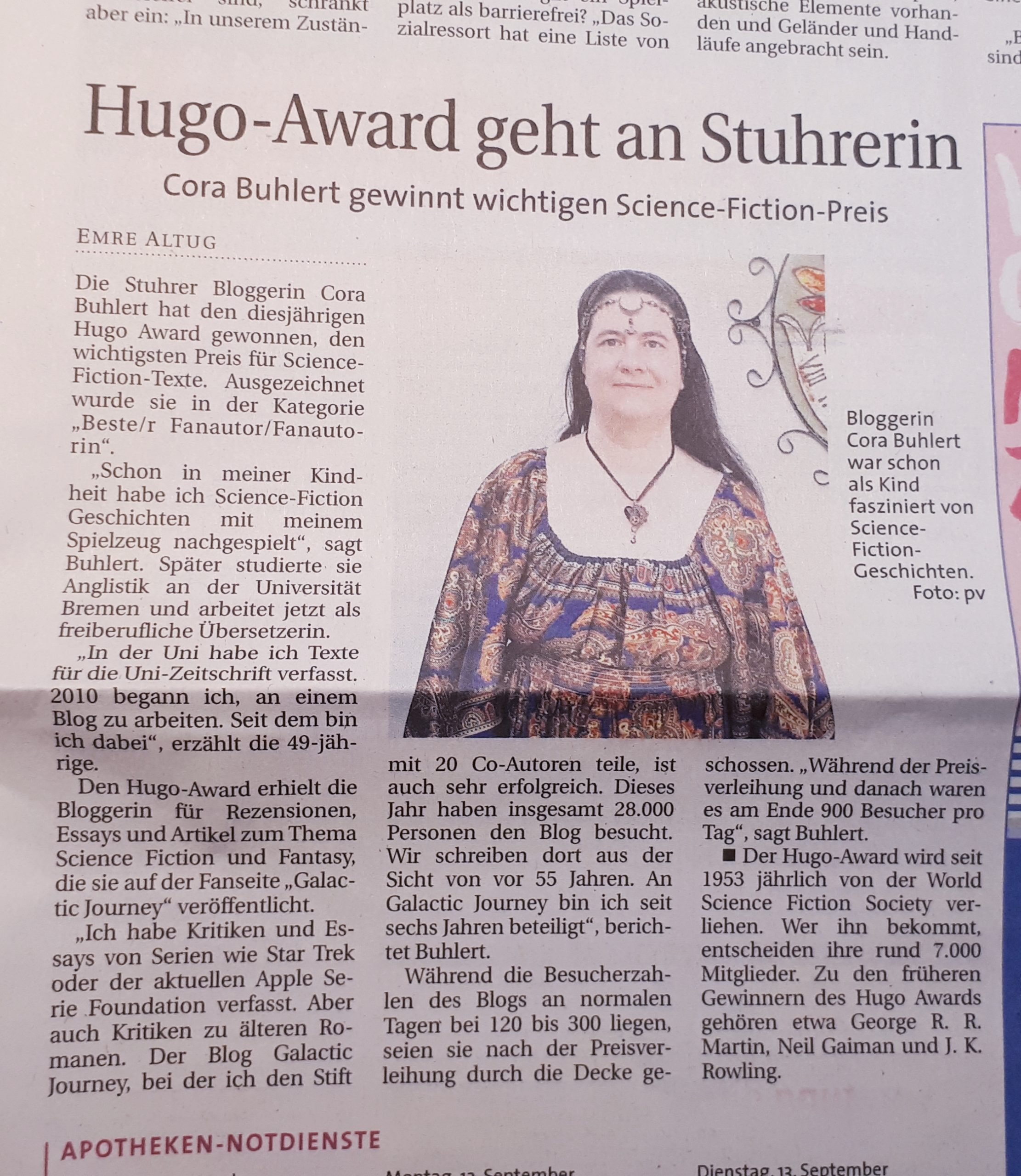(1) WHERE HAVE YOU GONE JOE DIMAGGIO? PrimaMedia.ru says on October 9 “Science fiction writer Sergey Lukyanenko will open the visiting session of LiTR-2023 in Harbin”. Harbin is a city in China. The author will proceed there from another literary event in Vladivostok. But so far there is no coverage on Lukyanenko’s blog or in his social media about his role as a GoH of the Chengdu Worldcon during the week of October 18-22. Speculation whether he is really coming has been fueled by the minimal publicity the Worldcon has given him compared to its other GoHs. However, since Lukyanenko will be crossing the border into China to do something just 10 days before the Worldcon, perhaps he will be there.
The Sixth Pacific International Festival “Literature of Pacific Russia” (6+), dedicated to the literary heritage of the country and the Far East, and the Fair-Festival of Book and Urban Culture “Red Square. Far East” (6+), a project created by the team of the Moscow International Fair of Intellectual Literature non / fictioN and the Book Festival “Red Square” (6+), will be held in Vladivostok on October 6-8, 2023.
Popular Russian science fiction writer Sergey Lukyanenko will not only traditionally take part in the sixth LiTR, but will also be part of the international delegation of the festival and will take part in the visiting session of the event (6+), which will be held on October 9 in Harbin (China), at the Institute of the Russian Language of Heilongjiang University, reports IA PrimaMedia.
…Of course, I will communicate in Russian with an interpreter, because, unfortunately, I do not speak Chinese. In general, I have been published in China quite often, especially lately. Just the other day, several novels were published. And I think that in Harbin there will be a sufficient number of readers who came not just to look at such an outlandish foreign guest, but to talk with the author they read….
(2) STAR TREK IN CHINA. “’Star Trek’ boldly goes to Beijing for first fan event” reports Yahoo!
Fans of the space adventure franchise “Star Trek” assembled in Beijing on Saturday for the first official activity of its kind to be held in mainland China.
Paramount’s multimedia sensation has a niche following in China, although interest in the science-fiction genre has grown with the recent success of several domestic hits.
“Star Trek Day” is celebrated each year on September 8 to commemorate the 1966 debut of the original US series, which has an ardent global fanbase.
AFP spoke to several fans who gathered at the venue in a central Beijing mall, many clad in the brand’s galactic travel uniforms or the pointed ears of its fictional “Vulcan” species.
“I think it has a kind of space utopia feeling,” said Ma Yuanyuan, 36, a translator and long-time fan.
She said the main appeal of “Star Trek” was the nostalgia it evokes for the early days of space exploration….
(3) STAR TREK ON THE PICKET LINE. NPR is there when “’Star Trek’ stars join the picket lines in Hollywood”.

As Hollywood actors and writers continue their strike against major studios, one special picket line honored Star Trek and its many spinoffs. Castmates from the various generations of the show met on the picket line outside the gates of Paramount Pictures, where they once taped episodes.
Among them was OG Trekker George Takei, who played Lieutenent Sulu in the original 1960s series. He stood alongside LeVar Burton, who played Geordi La Forge in Star Trek: The Next Generation in the 1990s. Burton had a message for studio executives who they’ve been on strike against:
“Y’all are losing profits, hand over fist. And I know that there are meetings happening in backrooms all over this town,” Burton said, adding “greed isn’t good for any of us. So let’s get real. Let’s come back to the table. Let’s make a fair and equitable deal and let’s get back to work.”
Takei said actors are struggling to make a living in the changing entertainment industry. “We’re here to ensure that the young actors coming up, building their careers, will have the incentive to keep on keeping on, rather than giving up and opening up a restaurant or something,” he said. “We want them to be able to survive on their art of acting. We’re here in solidarity to support their careers so that they can enjoy the career that LeVar and I have enjoyed.”
Actor Wil Wheaton, who grew up acting in Star Trek: The Next Generation was also on the picket lineand also talked about supporting up-and-coming actors, who are on strike for higher pay, more residuals and protections from artificial intelligence.
“Star Trek teaches us that we can create and sustain a world where everyone works together, where everyone has equal access and equal opportunity,” Wheaton said. “I am out here today to do for the future of my industry what SAG and WGA did for me back in the ’60s. I have a pension and health care and I was able to receive residual checks during the years that I did not work on camera. That really kept me going. And actors are coming up today in a world with streaming. And AI is really a threat that needs to be looked at and negotiated and managed.”…
(4) NEW ‘FREEDOM TO READ’ STATEMENT COMING. Publishers Weekly reports “ALA Seeks Member Input on Freedom to Read Statement Revision”. The schedule is at the link.
When it was first adopted some 70 years ago, the Freedom to Read Statement was considered a landmark document—a pointed response to the censorship running rampant in the McCarthy era. Now, in the midst of another historic attack on the freedom to read, the American Library Association has announced a series of “listening sessions” which could lead to a revision of the statement.
The review will include five virtual sessions, organized by theme and facilitated by an Intellectual Freedom Committee task force focused on revising the statement, which will gather ALA member input throughout the fall of 2023 and submit their findings to the Office of Intellectual Freedom for consideration. ALA leaders are “strongly encouraging” members to attend one or all of the upcoming listening sessions….
(5) SPACE COWBOY BOOKS. The Joshua Tree, CA bookstore has two online events in the coming days.
- Flash Science Fiction Night Online Event – Online Flash Science Fiction Reading
Tuesday September 12th 6pm PT. Register for free here.
Join us online for an evening of short science fiction readings (1000 words or less) with authors Pedro Iniguez, Tonya R. Moore, and Renan Bernardo. Flash Science Fiction Nights run 30 minutes or less, and are a fun and great way to learn about new authors from around the world.

- Online Reading & Interview with Eliane Boey
Tuesday September 19th 6pm PT. Register for free here.
Other Minds is a collection of two bold new novellas from Chinese Singaporean speculative fiction author, Eliane Boey
Signal\Tracer
A near-future cyberpunk story set in the digital world of Lion City, ruled by the Administration, for which two agents, Xi and Wei, must regulate an immersive mirror of their decaying Eastern city. That is, until Xi finds avatars controlled by dead users. The more she digs, the more questions are raised about her identity, the system, and her friendship with Wei.
Carrier
Ten years after her flagship project (the deep space hauler, Solar Endeavour) split in half while in orbit, aerospace designer Ming Wen is back, test-flying her new intelligent luxury orbiter, the Infinite Dream. The Dream is her chance at redemption, but also a chance at reconciliation with her estranged twenty-year-old daughter, Cora, who has joined the crew on the voyage. The launch is successful, but the mission might be doomed from the start. An uncanny presence has stowed away aboard the ship and now haunts Ming Wen. But on the Infinite Dream, there is no escape.
Get your copy of Other Minds here.

(6) BROUGHT TO YOU IN LIVING DEATH. Max Gladstone, in “Conan and the City of the Extremely Online”, finds these Robert E. Howard stories remind him of something. Could it be – the Internet?
…Finally, after substantial eeriness, our heroes encounter Ms Exposition 1933, in this case a tall beautiful princess from prehistoric not-Egypt named Thalis. Conan asks what gives in this weird city. Thalis answers, well, here, I’ll type it out for you:
“Much of the time these people lie in sleep. Their dream-life is as important—and to them as real—as their waking life. You have heard of the black lotus? In certain pits of the city it grows. Through the ages they have cultivated it until, instead of death, its juice induces dreams, gorgeous and fantastic. In these dreams they spend most of their time. Their lives are vague, erratic, and without plan. They dream, they wake, drink, love, eat, and dream again. They seldom finish anything they begin, but leave it half completed and sink back again into the slumber of the black lotus. That meal you found—doubtless one awoke, felt the urge of hunger, prepared the meal for himself, then forgot about it and wandered away to dream again.”
I’ll admit that “vague, erratic, and without plan” got me feeling… targeted with uncomfortable directness. But it was the bit where the guy heats up a meal, then wanders off to check his email, where I felt keenly that Howard was @ me across the decades….
(7) YAEL GOLDSTEIN-LOVE Q&A. “Berkeley author wrote her way through postpartum anxiety by embracing a sci-fi multiverse” in the San Francisco Chronicle.
…Q: So in a way your homesickness and postpartum anxiety led you into this sci-fi multiverse. Were you already a science fiction fan, or did it take you by surprise?
A: It took me completely by surprise. I had always written straight literary realism, and I never anticipated writing in this mashup of genres. But I’ve always read eclectically and I’m a tremendous fan of sci-fi, so in a way it’s predictable that I landed on this idea: What if at the moment of birth the laws of nature briefly change so that different possibilities not only exist side by side, but also affect each other?
Once I said that, I felt, this is how it actually feels and now I can make sense of it in writing.
Q: Was there something in particular about the postpartum experience you thought sci-fi could explain better than realism?
A: The existential stakes of loving a person the way a parent loves a child. We are saddled with this existential urge to protect our kids, but there’s this profound gap between what we want to do and what we actually can do because we are human and our children are subject to chance. That was the No. 1 thing I wanted to capture with this sci-fi metaphor.
I also see psychotherapy patients, and the thing that most interests me in both careers is the human mind’s infinite depths and surprises. I feel like there are ways in which you can get at the utter strangeness of how our minds work so much better when you aren’t bound by the conventions of realism. Now that I’ve started writing that way, I feel like I’ll never stop….
(8) TODAY’S BIRTHDAYS.
[Compiled by Cat Eldridge.]
- Born September 9, 1900 — James Hilton. Author of the novel Lost Horizon which was turned into a film, also called Lost Horizon by director Frank Capra. It is best remembered as the origin of Shangri-La. Definitely not genre, but I was intrigued to discovered that he wrote Goodbye, Mr. Chips which as you know became a 1939 film starring Robert Donat (who won an Oscar for his performance), and a 1969 remake with Peter O’Toole and Petula Clark. (Died 1954.)
- Born September 9, 1922 — Pauline Baynes. She was the first illustrator of some of J. R. R. Tolkien’s lesser known works such as Farmer Giles of Ham and Smith of Wootton Major and of C. S. Lewis’s Chronicles of Narnia. With the help of cartographers from the Bordon military camp in Hampshire, Baynes created a map that Allen & Unwin published as a poster in 1970. Tolkien’s was generally pleased with that, though he didn’t at all like her creatures especially her Shelob. (Died 2008.)
- Born September 9, 1935 — Topol. He’s best remembered for his role of Tevye the Dairyman in Fiddler on the Roof, on both stage and screen, but that’s not why he’s getting a Birthday. No, that’s because it’s because he was Dr. Hans Zarkov in the 1980 Flash Gordon film. He’s got just two other genre appearances, once in Tales of the Unexpected as Professor Max Kelada in the “Mr. Know-All” episode, and in the Bond film, For Your Eyes Only. (Died 2023.)
- Born September 9, 1943 — Tom Shippey, 79. Largely known as a Tolkien expert, though I see he wrote a scholarly 21-page introduction to Flights of Eagles, a collection of James Blish work, and under the pseudonym of John Holm, he is also the co-author, with Harry Harrison, of The Hammer and the Cross trilogy of alternate history novels. And early on, he did a lot of SF related non-fiction tomes such as Fiction 2000: Cyberpunk and the Future of Narrative (edited with George Slusser).
- Born September 9, 1949 — Jason Van Hollander, 73. A book designer, illustrator, and occasional author. His stories and collaborations with Darrell Schweitzer earned a World Fantasy Award nomination. It was in the Collection category, for Necromancies and Netherworlds: Uncanny Stories. I’m fairly sure he’s done a lot of work for Cemetery Dance which make sense as he’d fit their house style.
- Born September 9, 1952 — Angela Cartwright, 71. Fondly remembered as Penny Robinson on the original Lost in Space. I rewatched several of them recently and the Suck Fairy was kind to them overall from a nostalgic viewpoint. She, like several of her fellow cast members, made an appearance in the Lost in Space film as a reporter, and again in the rebooted series as Shelia Harris in the “Echoes” episode. She appeared in the Logan’s Run series in “The Collectors” episode as Karen, and in Airwolf as Mrs. Cranovich in the “Eruption” episode.
- Born September 9, 1954 — Jeffrey Combs, 69. Though no doubt his best known genre role was as Weyoun, a Vorta, on Deep Space Nine. However, his genre portfolio is really, really long. it starts with Frightmare, a horror film in the early Eighties and encompasses some forty films, twenty-six series and ten genre games. He’s appeared on Babylon 5, plus three Trek series, Voyager and Enterprise being the other two, the Enterprise appearance being the only time an actor played two distinct roles in the same episode. He’s played H.P. Lovecraft and Herbert West, a character by that author. Each multiple times.
- Born September 9, 1958 – Frank Catalano, 65. Half a dozen short stories in F&SF, Analog and others, plus a book review column in Amazing with Buck Coulson and stints as SFWA secretary and Nebula Awards Report editor. Better known for a later 25 years as a tech columnist (1994-2019) plus writing about science fiction for GeekWire, Seattle Times and others. Toastmaster and emcee at several cons, including several Norwescons, plus one fan GoH spot at Rustycon 4.
(9) OATES ARTICLE. “Joyce Carol Oates on Women and the Roots of Body Horror” at CrimeReads, from the introduction to the anthology A Darker Shade of Noir: New Stories of Body Horror by Women Writers edited by Joyce Carol Oates.
Of mythological figures of antiquity, none are more monstrous than harpies, furies, gorgons—Scylla and Charybdis, Lamia, Chimera, Sphinx—nightmare creatures representing, to the affronted male gaze, the perversion of “femininity”: the female who in her physical being repulses sexual desire, rather than arousing it; the female who has repudiated the traditional role of submission, subordination, maternal nurturing. Since these fantasy figures have been created by men, we can assume that the female monster is a crude projection of male fears; she is the embodiment of female power uncontrolled by the male, who has most perversely taken on some of the qualities of the male hero—physical prowess, bellicosity and cunning, an appetite for vengeance and cruelty. As in the most lurid male fantasies of sadism and masochism, the female monster threatens castration and something even more primeval: humiliation….
(10) RECOMMENDATIONS. Lisa Tuttle’s latest installment of “The best recent science fiction, fantasy and horror – reviews roundup” for the Guardian covers The Circumference of the World by Lavie Tidhar; Girlfriend on Mars by Deborah Willis; The Blue, Beautiful World by Karen Lord; Bride of the Tornado by James Kennedy; and The Land of Lost Things by John Connolly.
(11) IS IT A TWISTER TOP? Mano’s Wine offers another specialty bottle: “The Wizard of Oz Tornado Etched Wine”. The favorite of flying monkeys who own corkscrews.
Embark on a mesmerizing journey with our Wizard of Oz wine bottles. Expertly deep-etched and lovingly hand-painted, these enchanting collectibles capture the essence of the beloved film. Sip from the elixir of nostalgia and let the magic unfold with every pour. Raise your glass to the Emerald City and indulge in a taste of cinematic splendor….


(12) LIGHTSABERS, CAMERA, ACTION! Cass Morris continues sharing her adventures on Disney’s Star Wars-themed Starship Halcyon in “Day Two on the Halcyon, Part 3: Coaxium”.
… 6:30pm: I had been invited to a special meeting down in the Lightsaber Training Pod. The blueshirt outside was asking everyone if they were here for the “advanced lightsaber training” and checking them against a list of the invitees. It’s very intimate — I think there were only about 12 of us in there. (They run this scene several times, I think, so more people than that experience it overall).
Inside, we find not only Saja Tycer, but SK-620 and Rey! I was so glad to see that SK was safe. Rey was so wonderful with this one little girl in particular, giving her the MacGuffin to hold on to during this scene. Saja Tycer introduced us as “the students I’ve been telling you about” and then told us that we’d found a truly incredible Jedi relic down on Batuu: a holocron.
None of us could open it alone. But all of us together, using the Force, got it to open.
And this was another part that was for 11-year-old Cass. The girl who used to stand on her head and try to move objects with her mind. And yes, there’s a metric ton of atmospheric manipulation happening in that room. The lights, the background music, the sound… it’s all perfectly designed to elicit a huge emotional reaction. And it works!…
(13) RECITE AFTER ME. [Item by Scott Edelman.] I was at the AFI Silver Theatre last night watching the world premiere of Married to Comics, a documentary about underground cartoonists Justin Green and Carol Tyler, and spotted this sign over the sink in the men’s room in place of the traditional signs suggesting you sing happy birthday while washing your hands.
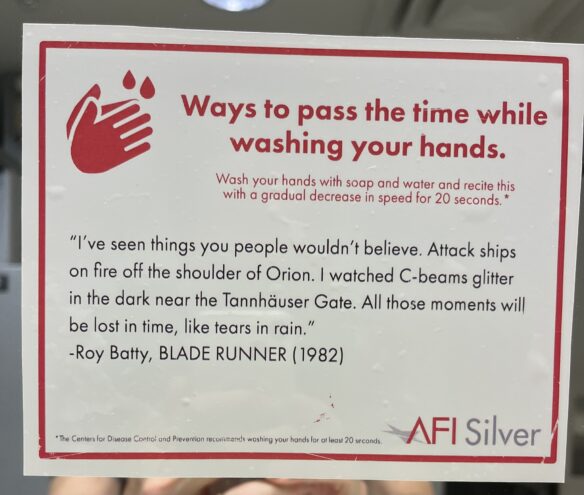
(14) VIDEO OF THE DAY. [Item by Dann.] “I have slipped the surly bonds of Earth And danced the skies on laughter-silvered wings….” John Gillespie Magee Jr in High Flight.
Between Earth and outer space is a nebulous line where our atmosphere slips away into nothingness. Beyond that point lies the playground of the stars, the workplace of astronauts, and the dreams of humanity as demonstrated by thousands upon thousands of movies, books, poems, and songs.
Thin air whips around the Earth just below making flight impossible for all except the most carefully designed of aircraft. Few winged aircraft ventured into that rarified air. One of which was the U-2 Dragonlady. The now venerable reconnaissance aircraft once flew around the world providing valuable intelligence for the American military.

Photographer Blair Bunting had the rare opportunity to not only fly in one of the few remaining TU-2S trainer aircraft, the Air Force arranged for a 2-airplane flight so that he could photograph a second U-2 in flight at high altitude. His story and a collection of images are presented by The Drive. He couldn’t touch it but he could see the heavens just a short distance away.
[Thanks to John King Tarpinian, Chris Barkley, Cat Eldridge, Rob Thornton, Scott Edelman, Dann, Steven French, SF Concatenation’s Jonathan Cowie, Mike Kennedy, and Andrew Porter for some of these stories. Title credit belongs to File 770 contributing editor of the day Danny Sichel.]


